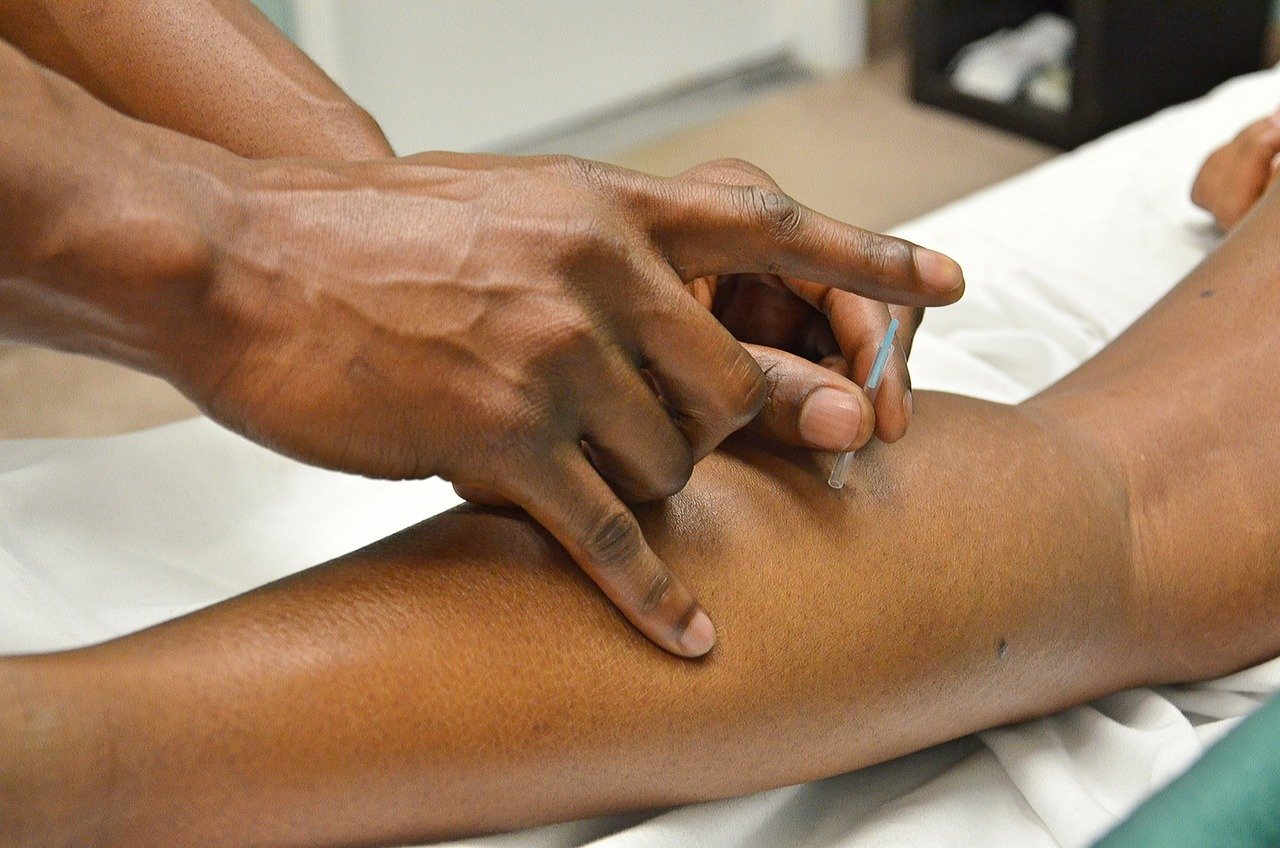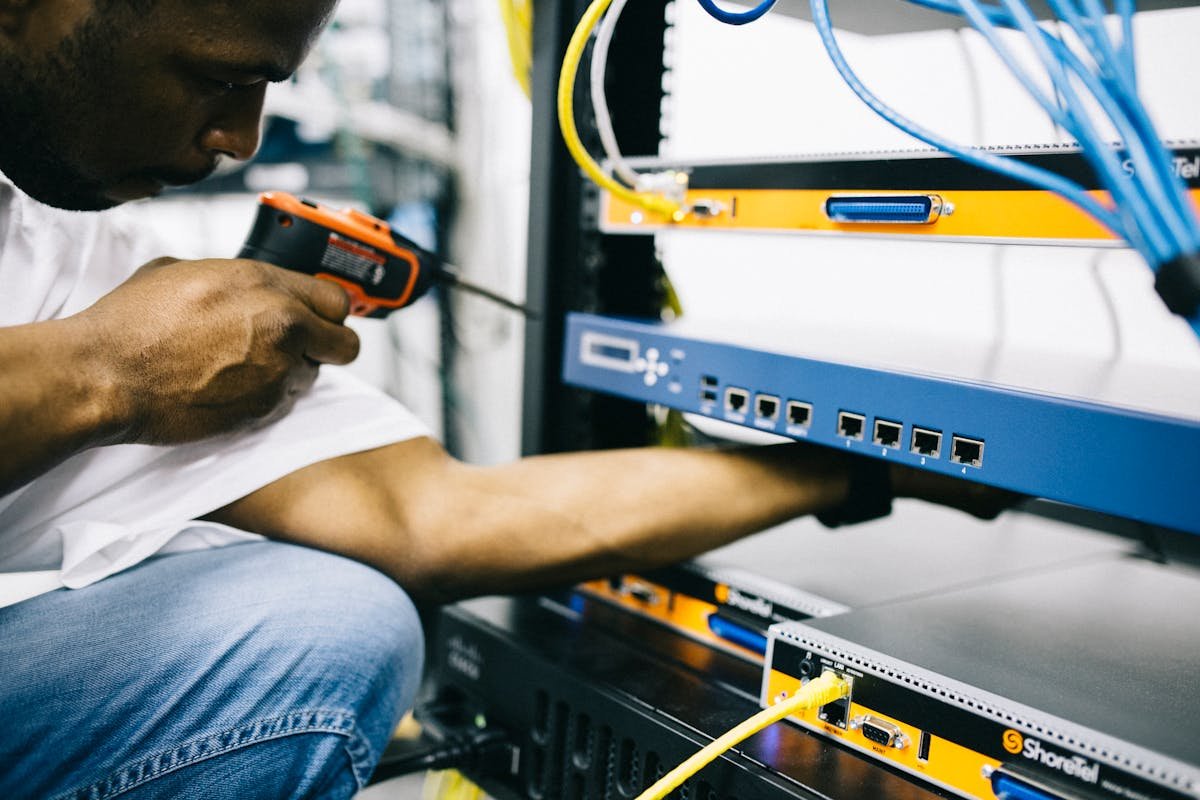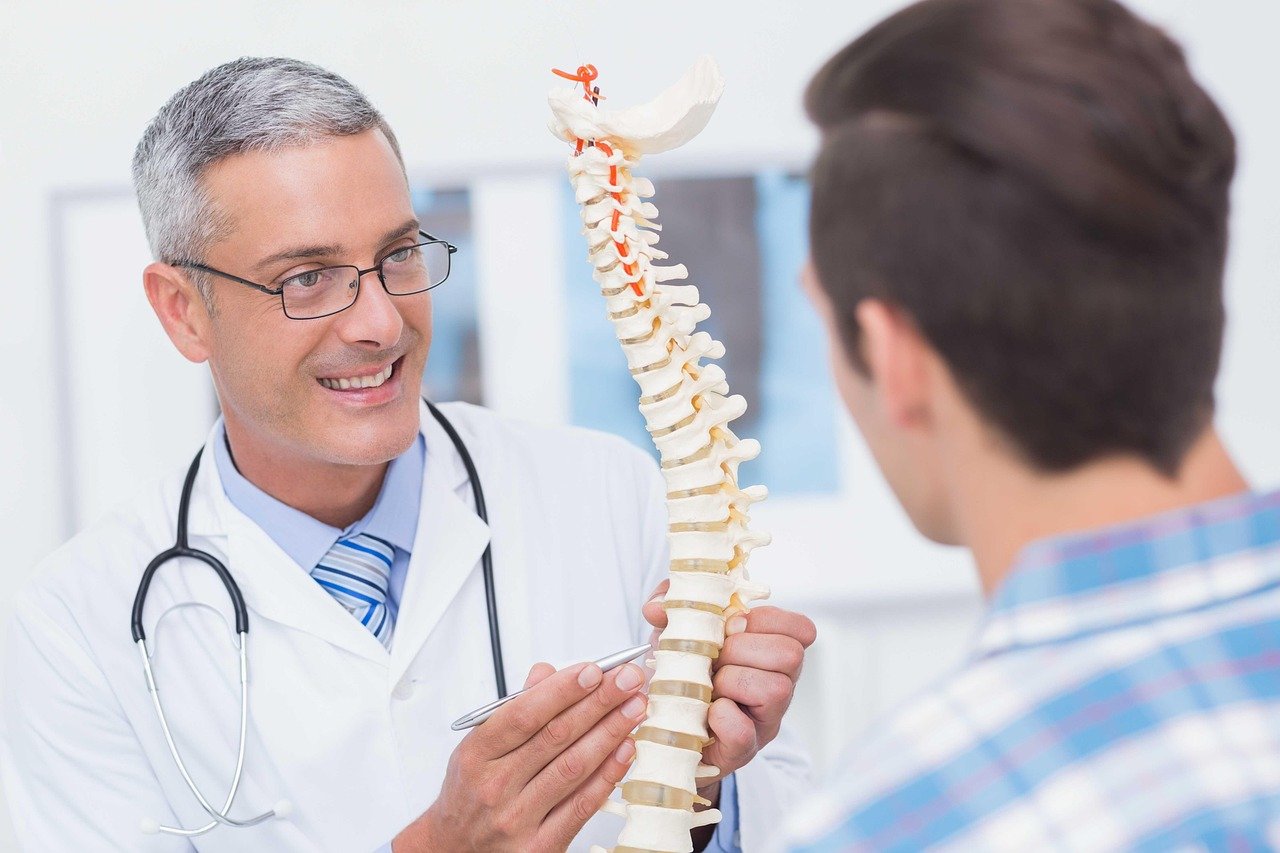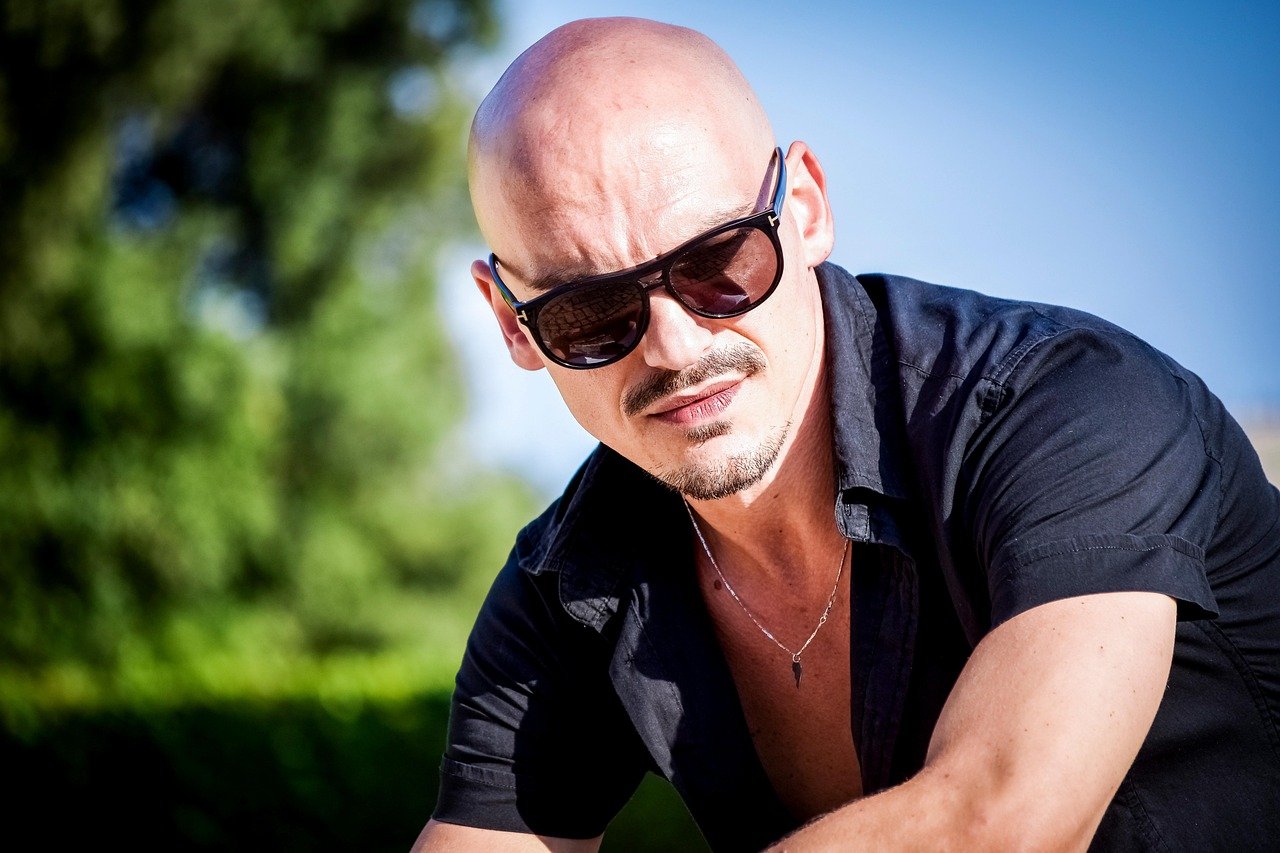Spinal cord injuries (SCIs) are among the most severe traumas one can endure, typically resulting from accidents or falls. These injuries can result in partial or complete loss of motor functions and sensation below the site of injury, profoundly affecting a person’s quality of life. However, recent advances in medicine and technology provide new hope for restoring bodily functions after such devastating events.
Understanding Spinal Cord Injuries
The spinal cord is a vital part of the nervous system that runs from the brain through the spine, carrying signals that control movement and sensation. When this pathway is disrupted by injury, the communication between the brain and other parts of the body is impaired. The extent of this disruption depends on two key factors: the level at which the spinal cord is injured and the severity of damage. Generally, injuries higher up on the spinal cord result in more widespread paralysis.
Traditional Treatments
Traditionally, treatment for spinal cord injuries focuses on preventing further injury and enabling people to live as independently as possible despite their limitations. Rehabilitation programs that include physical therapy and occupational therapy are standard, helping individuals strengthen their muscles, maintain range of motion, and learn adaptive techniques for daily activities.
Emerging Therapies
Recently, researchers have been exploring several innovative strategies to restore function after SCIs:
1. **Regenerative Medicine:** This approach uses technologies like stem cell therapy to repair damaged nerve fibers or promote new growth. Stem cells can potentially regenerate injured tissue in the spinal cord and improve neuronal connections.
2. **Neuromodulation Techniques:** Advanced therapies like electrical stimulation of the spinal cord have shown promise in restoring some degree of function. Devices implanted near the spine can deliver continuous electrical pulses that help reactivate neural circuits previously dormant due to injury.
3. **Robot-Assisted Therapy:** Robots are increasingly used in rehabilitation to provide precise, repetitive movements that encourage muscle reactivation and retraining. Exoskeletons – wearable robotic suits – enable individuals with lower limb paralysis to stand up and walk during therapy sessions.
4. **Pharmacological Treatments:** Research into drug therapies continues as scientists seek pharmaceutical interventions that could potentially protect nerve cells from damage or decrease inflammation around injured sites.
Challenges and Considerations
Despite these promising advances, there are significant challenges in restoring full functionality after SCIs. Recovery varies widely from person to person; while some may regain substantial function others may see little improvement due to various biological factors including age health status at time of injury genetic predispositions etc Moreover such treatments often require long term commitment financial resources not available universally This highlights need for ongoing support both medical community wider society help those affected by SCIs lead fulfilling lives
Conclusion
Restoring bodily functions following spinal cord injuries remains one complex daunting medical challenges Yet through combination traditional rehabilitative therapies emerging scientific innovations there hope horizon Individuals living SCI their families should remain informed about latest developments consult healthcare providers discuss potential treatment options tailored their specific needs As research progresses understanding evolves our ability help those impacted by these serious injuries will continue grow paving way towards more effective interventions future

















